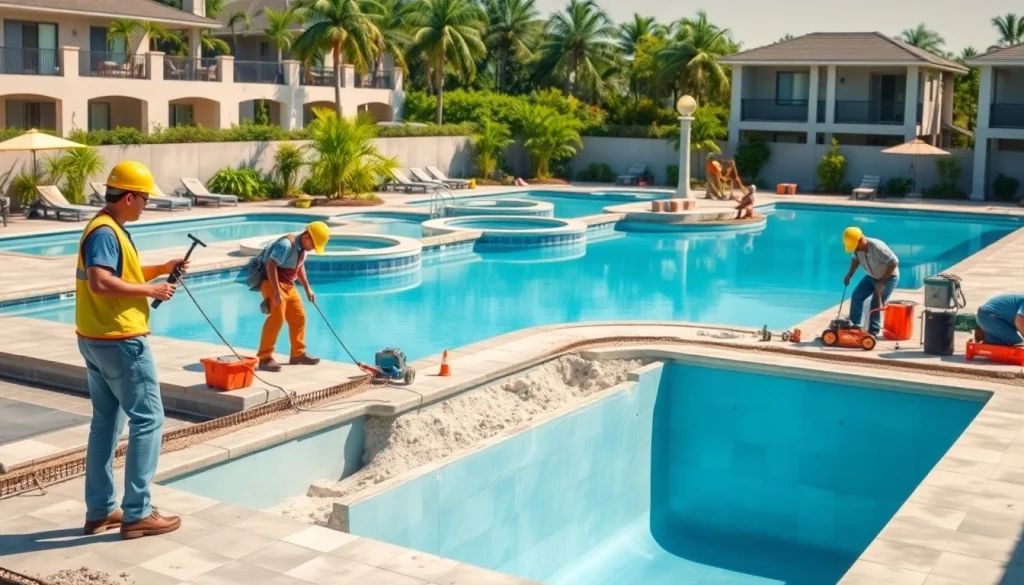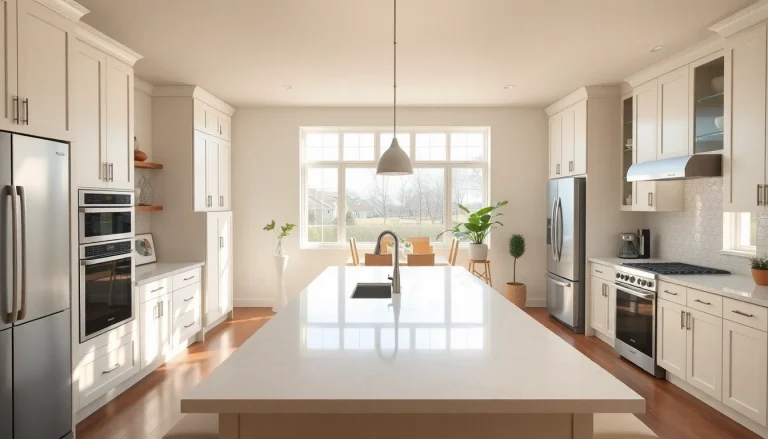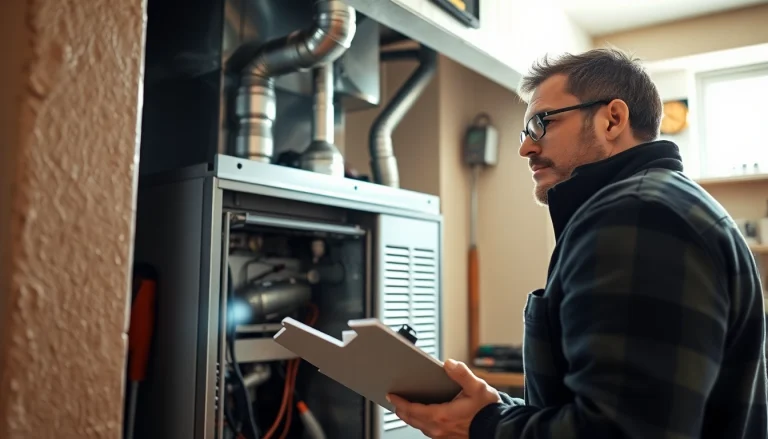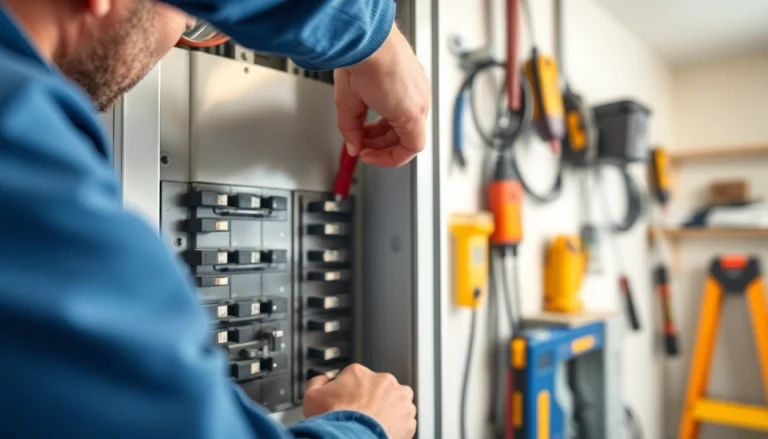
Understanding the Essentials of Pool Construction
When you’re considering creating your own backyard oasis, understanding pool construction is crucial. A pool represents not only a significant investment but also a lifestyle enhancement that can provide years of enjoyment. Through pool construction, homeowners can transform their outdoor spaces while adding value to their property.
Common Types of Swimming Pools
Before diving into construction, it’s essential to understand the different types of swimming pools available. Each type comes with its unique benefits and challenges, influencing factors such as cost, maintenance, and installation time.
- Inground Pools: These pools are set into the ground and often made from materials like concrete, fiberglass, or vinyl. They offer durability and design flexibility, making them a popular choice for homeowners.
- Above Ground Pools: Generally more affordable and easier to install, above-ground pools are portable and can be dismantled if needed. However, they’re often less durable than inground options.
- Plunge Pools: Compact and maximally efficient for small spaces, plunge pools provide a stylish option for relaxation without taking up too much yard space.
- Infinity Pools: Known for their breathtaking appearance, infinity pools create the illusion of water extending to the horizon, blending beautifully with natural landscapes.
Key Factors Influencing Pool Design
Several factors play a pivotal role in determining the design of a swimming pool. Understanding these can help ensure your new pool meets your needs and aesthetic desires:
- Space and Layout: The available space in your yard can drastically affect the pool’s shape and size. Consider surrounding landscaping and the layout of other features in your outdoor area.
- Budget: An essential component of design, your budget influences material choices, pool size, and additional features such as lighting and water features.
- Usage Intent: Consider whether you want to use the pool for relaxation, exercise, or entertaining guests. This influences design decisions, like incorporating swimming lanes or seating areas.
- Local Climate: The climate of your location can affect the pool’s usability throughout the year. Ensure you consider heating options and placements that maximize sunlight.
Legal Guidelines and Permits
Before breaking ground, it’s essential to navigate the specific regulations and permits required in your area. This process can ensure compliance with safety standards set by local governments. Key points to consider include:
- Permitting: Often, a building permit is required for pool construction. This often involves submitting your project plans for approval to local authorities.
- Safety Regulations: Ensure that your pool design complies with safety standards, including fencing requirements and pool covers, to prevent accidental drownings.
- Environmental Considerations: Certain regulations may affect the construction of pools, especially if the area is prone to flooding or other environmental concerns. Always check local laws before beginning your project.
The Pool Construction Process Explained
The journey from concept to completion involves multiple steps, each of which must be executed with care and precision. Understanding this process can help streamline your experience and ensure no detail is overlooked.
Planning and Design: Where to Start
The planning phase is foundational, beginning with a comprehensive budget and timeline. Work closely with professional designers or contractors to create a plan that captures your vision while adhering to local codes. Essential steps include:
- Consultation: Setting up meetings with experienced pool builders can provide you valuable insights and help refine your ideas.
- 3D Renderings: Many designers now offer 3D design services, allowing you to visualize your pool before construction begins.
- Finalize Material Choices: Decide on materials for the pool structure, interior finish, decking, and surrounding landscaping.
Excavation and Groundwork Techniques
Once the design is finalized, the excavation phase begins. This vital step lays the groundwork for your pool:
- Excavation: Heavy machinery is used to dig the pool shape. The depth and width of this excavation depend on the pool type and design.
- Ground Stabilization: Proper drainage and stabilization techniques are critical to ensure the ground can support the pool’s weight and prevent future settling.
- Inspections: It’s common for local inspectors to evaluate the site before moving forward to ensure compliance with regulations.
Installation of Plumbing and Electrical Systems
After excavation, the next steps involve laying the plumbing and electrical systems vital for your pool’s operation:
- Plumbing Setup: Pipes for water intake, drainage, and rerouting water to features like waterfalls must be accurately installed and pressure-tested.
- Electrical Installation: Electrical lines for lighting and pool features need careful installation to comply with safety standards.
- Connection to Systems: Connecting the plumbing and electrical systems to the pool heater, filter, and pump. A proper configuration ensures efficient operation throughout the pool’s life.
Cost Breakdown for Pool Construction Projects
Being aware of the potential costs involved in pool construction is essential for budget planning. Understanding these can also help in making informed decisions throughout the process of building a pool.
Average Costs: What You Need to Know
Costs vary significantly based on the type, size, and materials used in the construction of the pool. Here’s a basic overview of average costs you might expect:
- Inground Concrete Pools: These typically range from $50,000 to $100,000, depending on design complexity.
- Inground Vinyl Pools: Budget-friendly options that often cost between $25,000 and $65,000.
- Above Ground Pools: Starting at $2,000 to $5,000 but can increase significantly depending on upgrades.
Cost-Saving Tips During Construction
There are various strategies to help minimize costs without sacrificing quality:
- Off-Season Construction: Building your pool during the off-season can reduce labor costs significantly.
- Opt for Standard Features: Custom features can be costly; consider standard designs to save money while still getting your dream pool.
- Get Multiple Quotes: Soliciting estimates from various contractors will help you find the best pricing for your project.
Investment vs. Long-Term Value of Pools
While the upfront costs may seem daunting, a well-constructed pool can greatly enhance your property’s value. Consider the following aspects:
- Home Value: Homes with pools typically sell for more compared to similar homes without pools, especially in warmer climates.
- Quality of Life: Beyond monetary value, a pool provides recreational opportunities and a serene environment for relaxation and family gatherings.
- Community Appeal: Pools are attractive amenities in family-oriented neighborhoods, which can increase demand when selling your home.
Maintaining Your New Pool: Best Practices
Owning a pool comes with ongoing responsibilities to ensure its longevity and safety. Regular maintenance is key to avoiding costly repairs down the line.
Regular Maintenance Checks and Procedures
Implementing a consistent maintenance routine helps keep your pool in top condition:
- Weekly Checks: Regularly test the water chemistry including chlorine levels, pH, and alkalinity for safe swimming conditions.
- Cleaning: Ensure skimming and vacuuming are performed weekly to keep debris out of your pool.
- Filtration System Maintenance: Regularly inspect and clean filters to ensure optimal operation.
Choosing Quality Pool Supplies and Equipment
Investing in quality equipment can offer significant long-term benefits in maintenance and operational efficiency:
- Reliable Pumps: A high-quality pump ensures effective water circulation to keep your pool clean.
- Durable Liners: If you opt for an inground vinyl pool, having durable and UV-resistant liners will help extend their life.
- Regular Testing Kits: Using accurate testing kits for water quality helps prevent safety issues and unhealthy swimming conditions.
Seasonal Pool Maintenance Tips
Seasonal maintenance can help extend your pool’s lifespan and ensure it opens and closes properly each year:
- Winterizing Your Pool: Properly winterizing your pool prevents water damage and keeps the pool clean during the off-season.
- Preparing for Summer: Spring cleaning, chemical balancing, and filter check before opening your pool are crucial.
- Summer Maintenance: Regularly spot sweep or vacuum, monitor water levels, and ensure that all pool equipment is in working order.
Frequently Asked Questions About Pool Construction
Many homeowners have questions about the pool construction process. Below are some of the most commonly asked questions and their answers:
What are the stages of building a pool?
The stages typically include:
- Planning and Design
- Excavation
- Plumbing and Electrical Setup
- Installation of Pool Framework
- Interior Finishing
- Decking and Landscaping
- Final Inspections
- Start-Up and Testing
How much does it cost to build a pool?
Costs vary significantly based on factors like location, pool type, and features. Generally, inground pools range from $25,000 to $100,000, while above-ground pools may be from $2,000 upwards.
Can you perform pool construction as a DIY project?
While some aspects of pool construction can be undertaken as a DIY project, it’s essential to be cautious. Major construction elements, especially excavation, plumbing, and electrical work, should typically be handled by professionals to ensure safety and compliance with local regulations.






